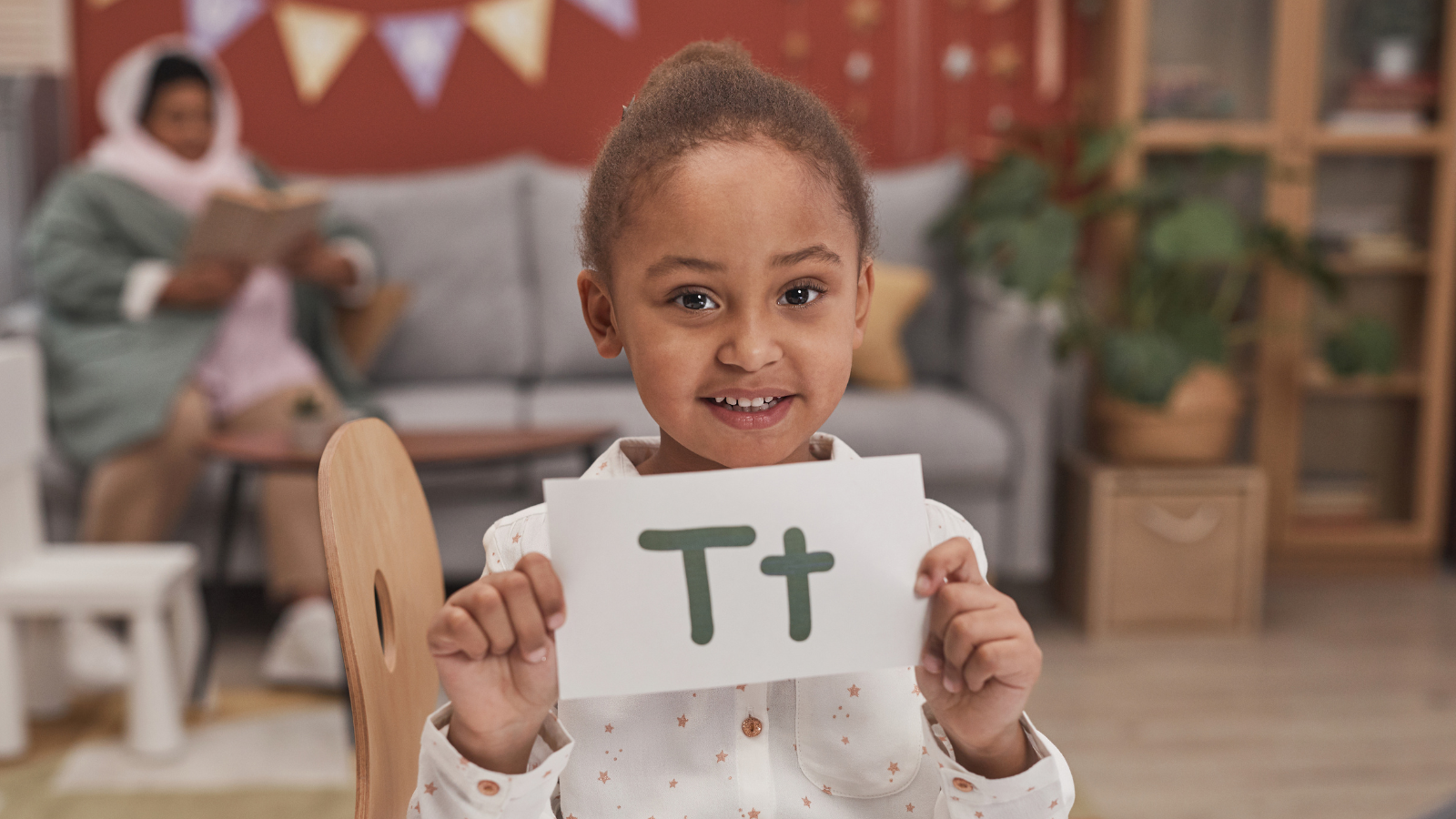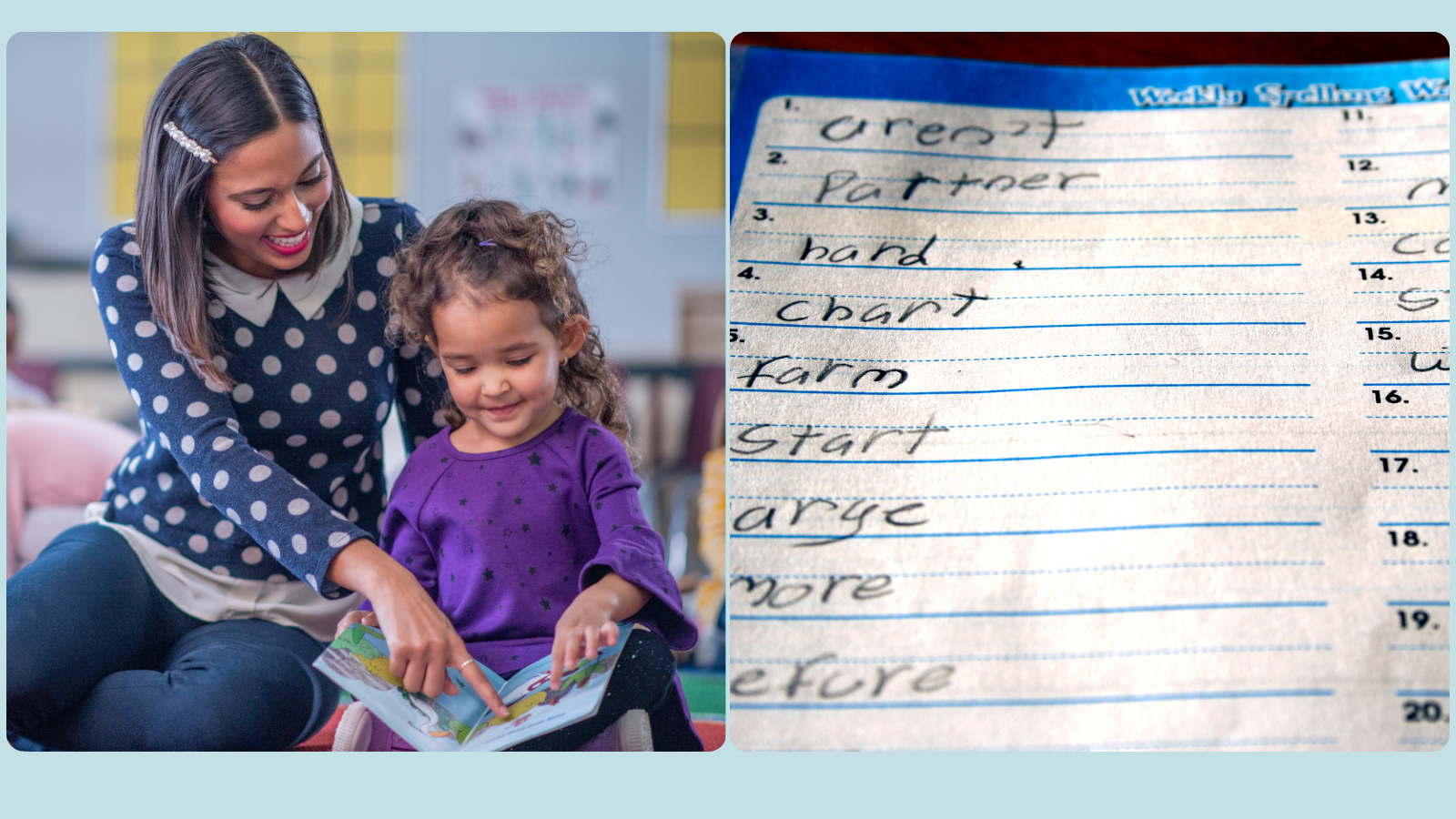Early reading instruction: why focus on vowels?
When working with students with early reading difficulties – including students with phonological speech sound disorders, limited phonological awareness, developmental language disorder, and students at risk of showing signs of dyslexia – I spend a lot of time working on vowels.
Why?
- In English, every spoken syllable includes a vowel sound. In fact, the word ‘syllable’ is defined as a unit of speech having one vowel sound, with or without surrounding consonants, forming the whole or part of a word.
- Several high frequency vowel spellings are included in the 64 key grapheme-phoneme correspondences that have been shown to help beginning readers read around 90% of monosyllabic words used in written English.
- Vowel sounds are harder for beginning readers to distinguish acoustically than most consonants. For example, many beginners have difficulties distinguishing <a> from <u>, and <e> from <i>, in listening tasks.
- As you would expect, students who have mastered vowels tend to read and spell better than students who have not mastered vowels.
- Vowel letter-sound links at the age of six predict reading age two years later; and students who struggle with vowels typically continue to experience reading and writing difficulties over time.
- Conventionally, we include at least one vowel grapheme per syllable when spelling polysyllabic words (e.g. “little”). For older students, vowels provide a helpful rule of thumb to help students break up long words into syllables (e.g. “salamander”) to decode them.
Vowels are harder to learn than consonants. Why?
- Vowel sound spelling in English is complicated!
- The English alphabet contains five vowel letters (graphemes), but 20 vowel speech sounds (phonemes).
- Vowel sounds can be represented in writing by:
- single letters, e.g., <a> as in “cat”, <e> as in “met”, <i> as in “fit”, <o> as in “pot”, and <u> as in “but”, sometimes collectively called short vowels;
- split digraphs representing a single vowel sound, e.g., <a_e> and in “made”, <e-e> as in “eve”, <i_e> as “kite”, <o_e> as in “stove”, and <u> as in “mute”, sometimes called the long vowels. (Words featuring split digraphs are sometimes described as “vowels that say their name”, or uses of the “silent/magic/bossy e” – descriptions that often confuse, rather than help beginners);
- digraphs representing a single vowel sound, e,g, <oo> as in “hoot”, and <ee> and <ea> as in “feet” and “seal”;
- trigraphs representing a single vowel sound, like <oar> in “soar”; and
- quadgraphs representing a single vowel sound like <oug>” in “though”.
To make things even more confusing:
- the most common speech sound in English – the ‘neutral vowel’ or ‘schwa’ phoneme (depicted in the International Phonetic Alphabet as /ə/) does not have a dedicated grapheme. This spoken vowel is used whenever people say unstressed syllables in polysyllabic words and connected speech, e.g., in (Australian-accented) “cucumber”, “banana”, “colour”, “telephone”, “butterfly”, “crocodile”, “Olympic”, “university”, “helicopter”, or the words “to” and “the” in the sentence “I want to go to the beach”. The schwa sound creates havoc with the spelling of polysyllabic words!
- English has several spellings for diphthongs – combinations of two vowels in a single syllable in which the sound starts as one vowel and transitions toward the other. Examples include the digraphs <oi> and <oy> representing the diphthong /ɔɪ/ as in “coil” or “boy”, and the digraphs <ow> and <ou> representing the diphthong /aʊ/ as in “cow” and “trout”;
- vowel sounds are often affected by the consonants before and after them in words and in connected speech because of something called “coarticulation”: the articulation of two or more sounds together so that one affects the other. For example:
- vowel sounds can be influenced by prior “nasal” sounds like /m, n/ and “ng” (the vowels in these words tend to be nasal, too) and glides and liquid speech sounds like /r/ and /l/, which can distort or the vowel sound in some situations; and
- rapid transitions between syllables within words and words (junctures) can affect the pronunciation of vowels, e.g. when you say the phrase “two ends beyond the horizon” quickly.
How to help beginning and struggling readers to learn vowels
Here’s what I do:
- Initially, use letter-sound mnemonics: These are flashcards or charts where each vowel letter integrates a picture representing a word containing the sound, e.g., short <a> can be depicted as an apple, <e>
as an egg, <i> as an insect, <o> as an orange and <u> as an umbrella, etc. For this purpose, I’m a big fan of: - Spelfbet’s embedded pic embedded picture mnemonics; and
- Reading Doctor’s single letter graphemes: flashcards with Embedded Mnemonics.
- Introduce one or two short vowels at a time – not all at once. Be strategic about the alphabet (and grapheme-phoneme) sequence you use in instruction. For new readers, I start with a small, carefully selected, group of single letter-sound correspondences; before quickly moving onto having students blend and segment real words using those letter-sound links (while learning the next set of letter-sound links in parallel).
- Introduce pairs of vowels-letters that sound and look very different from each other. For example, introduce e.g. <a> and <i> together. Once they are mastered, introduce <o>, <e>, and <u>.
- Auditory bombardment: repeatedly listen to audio recordings or videos of words in sentences loaded with a target vowel sound while decoding transcripts highlighting the spelling of the target vowel sound.
- Contrasting vowel sounds in minimal pairs/threes/fours/fives, etc: Contrasting groups of words that differ only by the vowel, e.g. “hat”, “hit”, “hot”, and “hut”; or “mat”, “met”, “mitt”, and “mutt”, so that beginners can see the importance of decoding the vowel in a word – and not guessing the word from first letters, shapes, pictures or other non-print cues.
- When you get to reading vowels in polysyllabic words (usually after the student masters split digraphs), model and help students to cultivate a “spelling voice” (also known as talking like a robot or a queen/king), by stressing each syllable when spelling words. (This reduces the confusion caused by the unstressed schwa – as explained brilliantly by Alison Clarke of Spelfabet fame in this article.)
- Practice, practice, practice: use interesting, unpredictable, decodable sentences and books. As decoding improves, do some repeated reading practice to build fluency.
What else can you do to help students with vowels? Promising research update
In a recent ‘proof-of-concept’ study, Stephen Flynn and colleagues looked at whether adding visual hand sign systems – hearing, saying, reading and writing vowel sounds using hand signs within whole words – could help at-risk children learn to read short and long vowels (see citation below). Their “visual vowel hand sign system”, taken from a program called “Crack the Code”, is based on the Simple View of Reading and aligns with dual coding theory, which proposes that information is retained more efficiently in working memory if presented both non-verbally (e.g. visually) and verbally.
The (very cute) hand signals used to teach short and long vowels in words look like this:

Source: Flynn, Erickson, & Serry (2023).
Although the study is preliminary (by design), with only 23 at-risk participants, and no control group, the researchers reported that participants achieved statistically significant gains in reading and spelling words. They concluded that using a visual vowel hand sign system may be a useful and simple strategy for helping students to retain vowel grapheme-phoneme correspondences, i.e. letter-sound links. We include a link below to the full article for people interested in reading more about this study!
For more general tips to help beginning readers, check out these articles:
- 12 tactics we use to help beginning readers learn to read, with examples of exactly what we do in practice to help at-risk students
- Too many children can’t read. We know what to do. But how should we do it?
Principal source (open access): Flynn, S., Erickson, S., & Serry, T. (2023). The impact of explicitly teaching word segmentation using a visual vowel hand sign system to help at-risk children learn to read and spell English: A proof-of-concept study, Australian Journal of Learning Difficulties: https://www.tandfonline.com/doi/full/10.1080/19404158.2023.2210602?af=R
Resource: Banter Early Reading Program

Hi there, I’m David Kinnane.
Principal Speech Pathologist, Banter Speech & Language
Our talented team of certified practising speech pathologists provide unhurried, personalised and evidence-based speech pathology care to children and adults in the Inner West of Sydney and beyond, both in our clinic and via telehealth.








